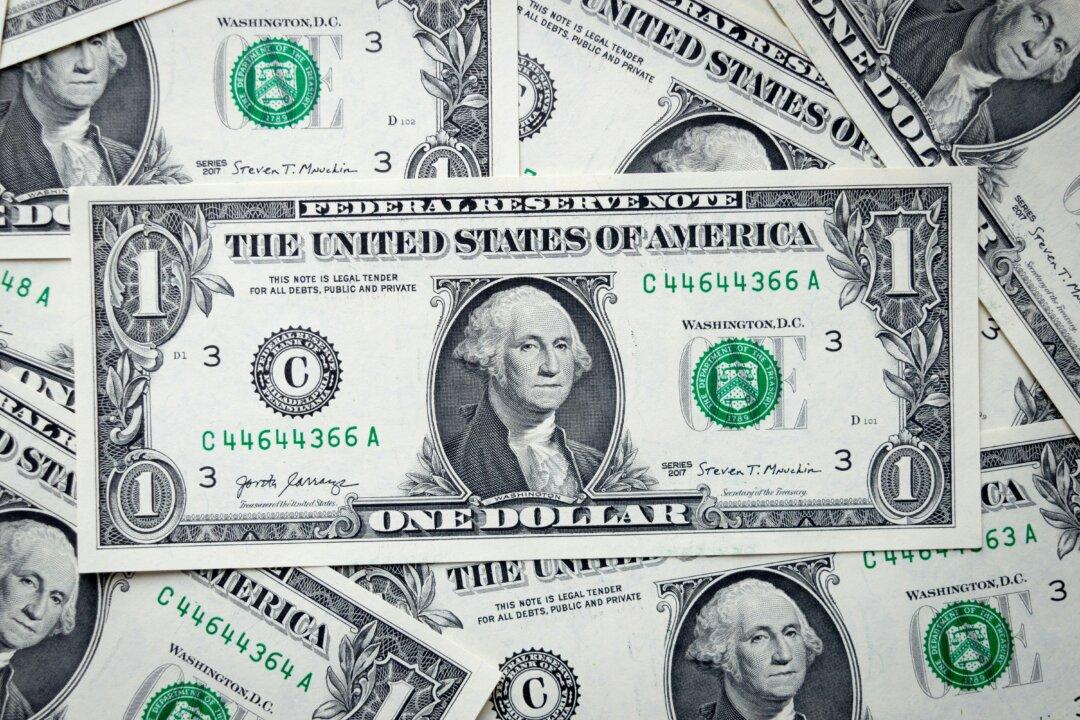China is grappling with the largest capital flight in years, raising concerns for authorities as Beijing exerts additional pressure on the yuan, which is already under strain due to a widening Sino-U.S. yield gap and mounting concerns about the Middle East crisis.
Goldman Sachs’s preferred gauge of foreign exchange flows report published on Oct. 20 showed capital outflows from China surged to $75 billion in September, the highest monthly amount since 2016, compared to the $42 billion outflows in August. This increase occurred despite smaller outflows by the foreign portfolio investment channel, it added.





